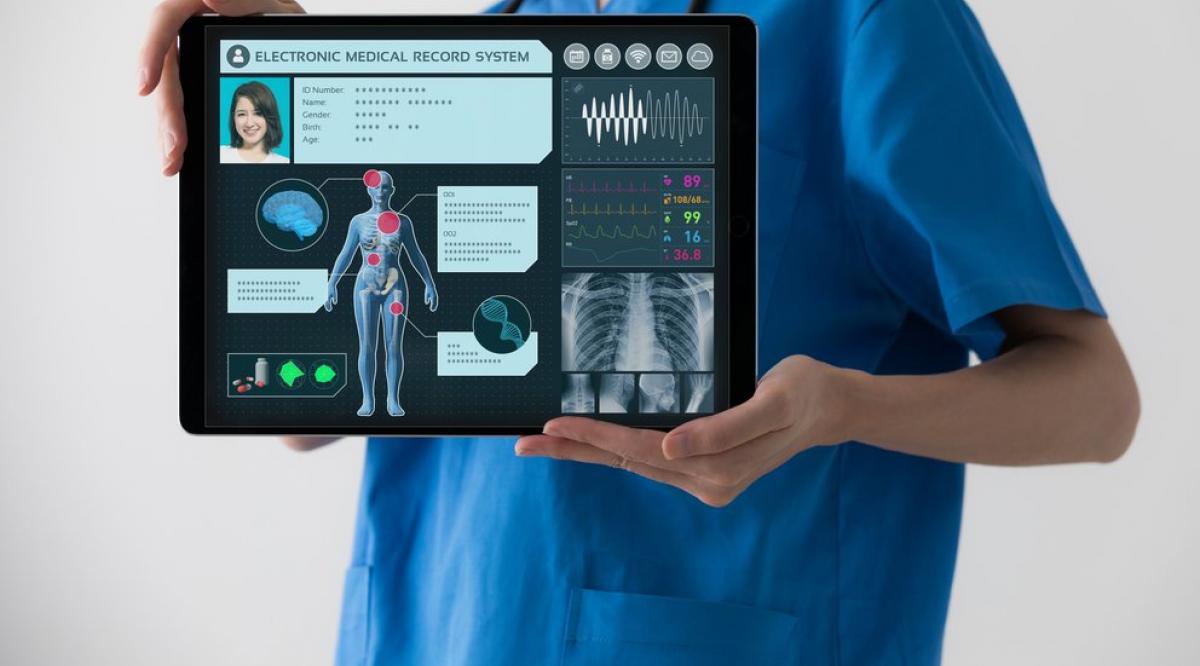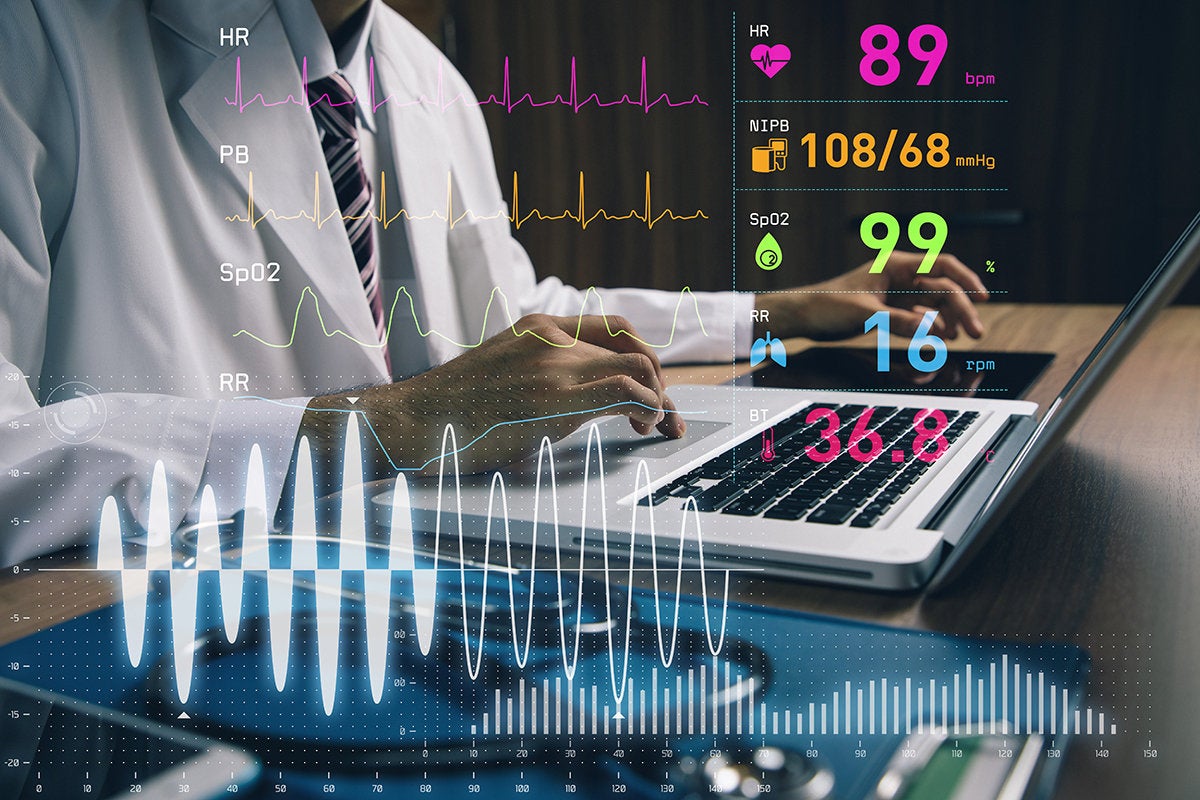The medical record-keeping process becomes more detailed, streamlined, and readily available as hospitals and health departments incorporate electronic health records (EHRs) into their practices and procedures.
But while the advantages of electronic health records provide a comprehensive set of functionalities and conveniences, pitfalls associated with this form of digital record keeping are still present.
Staff members may not comprehend how to use EHRs properly or easily integrate them into the facility's processes. Understanding the pros and cons of EHRs is essential; read out a few of them here.

Pros
Here are the benefits of EHRs.
Improved Data Accessibility
Access to medical charts has taken a reasonable amount of physical work before EHRs.
Whenever a patient visits the office or hospital, their files must be physically retrieved from a storage room, carried, processed, signed, and sorted just in a single visit.
There was a higher risk of human error as a consequence of this back and forth, and charts would often be missing data or out of chronological order.
On the other hand, EHRs have reduced the physical transportation, sifting, and filing of charts and have made data readily available.
Computerized Physician Order Entry
CPOE enables physicians to electronically place laboratory and diagnostic orders, prescriptions, and other notes, eliminating the mistake of handwritten orders and allowing patients' other physicians within the EHR network to access the request.
Suppose a patient is prescribed a medication by his/her cardiologist, for instance, and they are on the same EHR. In that case, the prescription details will be available to the primary care physician.
Not only does this minimize time, but it also significantly reduces errors - like duplicate prescriptions or medication interactions - and possible patient harm.
E-messaging Between Providers
As any physician can testify, provider-to-provider telephone tags can be expected and are a significant time waster. Physicians may use EHR tools to provide e-messaging across practices.
One situation that especially gains from e-messaging is that of referrals. Instead of playing telephone tags to have an appointment scheduled, the physician sends a message electronically to arrange the meeting.

Cons
Listed here are some of the drawbacks of EHRs.
Continuous Need For Updates
The EHR framework needs a continuous update for any task, large or small - whether it is a routine health appointment, a diagnosis, a procedure, a treatment, or a prescription.
For one, if you have a patient's active "problem list" (e.g., diabetes, hypertension, high cholesterol, etc.) someone needs to be responsible for monitoring their medication and keeping the problem list correct.
Cost of Set-up and Maintenance
The provider not only needs to pay for the physical hardware and/or software, but also the entity needs to give a substantial cost for configuration, repair, training, technology support, and system upgrades.
The expense of EHRs is always a dissuasive one. Cost alone prevents the ability to adequately enforce and manage the system for many smaller practices with lower cash flow.
Documentation Delays
Indeed, EHRs increase the physician's workload. Documentation appeared to be briefer and straight to the point with written notes. With EHRs, physicians need much more documentation before, during, and after a patient visit.
It can cause even more delays and errors, as doctors often wait until the end of the day or, sometimes, days later to close notes. So they are relying on memory to enter the right information.
Besides, others will not be able to access this latest information until the note is closed if a patient is seeing another provider.
Conclusion
Technology is needed in the medical sector to handle the enormous amount of data generated and processed for each patient by medical practices, clinics, and hospitals.
However, not all medical institutions have marked the shift from a paper-based system to an electronic health record or EHR software.
Stakeholders in these organizations usually need extra information to help them make a computerization decision about their records.




